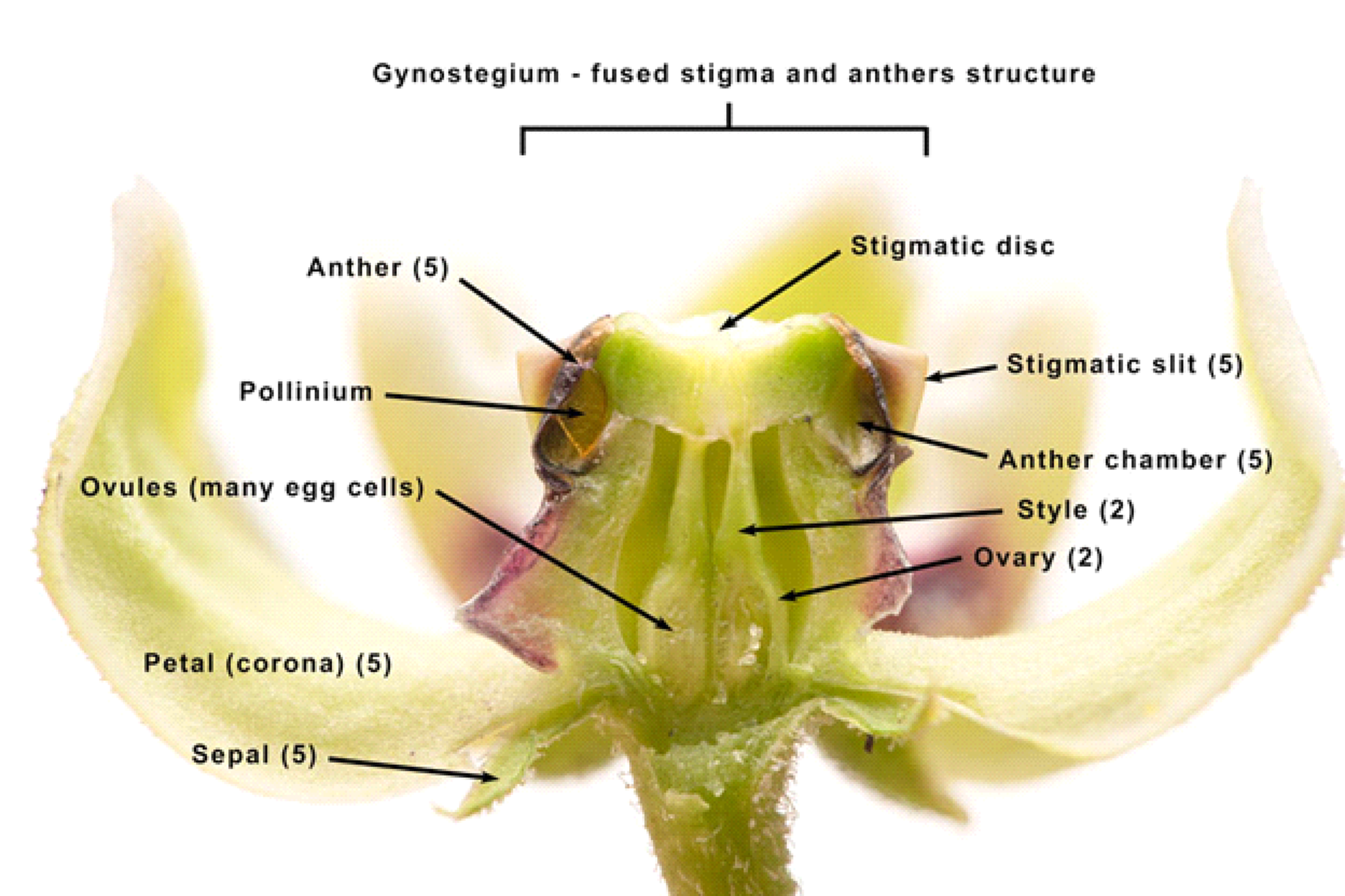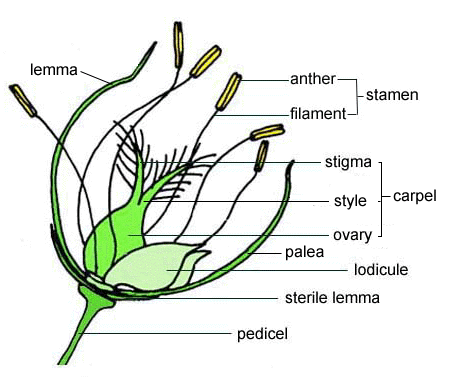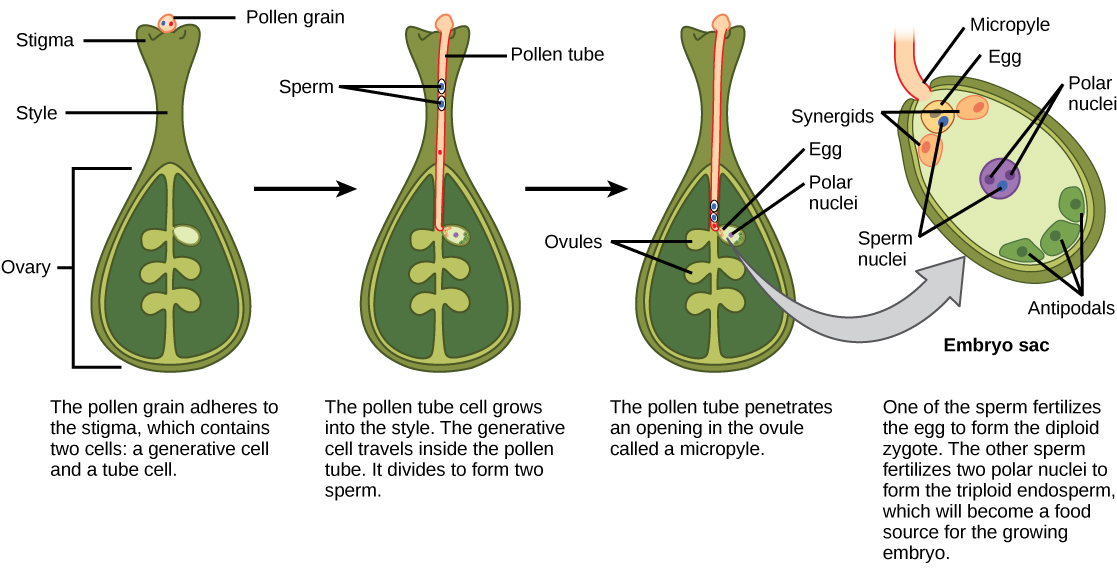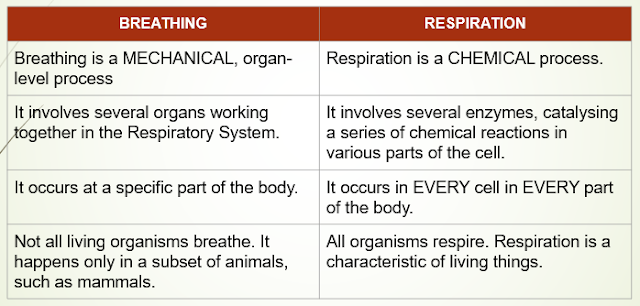PLANT REPRODUCTION | GERMINATION [CSEC BIOLOGY]
SYLLABUS REFERENCE
- [B8.2] describe the structure of a dicotyledonous seed;
- [B8.3] describe the processes taking place within a seed during germination;
- [B9.7] relate the parts of a flower to their functions;
- [B9.8] compare the structure of an insect-pollinated flower and a wind-pollinated flower;
- [B9.9] distinguish between the processes of pollination and fertilisation;
- [B9.10] explain how fruit and seed formation occur after fertilisation.
THE FLOWER
- The flower is the equivalent of the male and female reproductive systems in humans and other animals.
- Essentially, a flower is a collection of modified leaves. Four kinds of leaves to be exact, in concentric rings. They are, from outside in: sepals, petals, stamens, and carpels.
INSECT- VS WIND-POLLINATED FLOWERS
Insect Pollinated Flowers
- Petals are often large, brightly coloured and scented, and have nectaries.
- Anthers are positioned so that insects are likely to brush against them.
- Stigma are positioned so that insects are likely to brush against them, They are sticky, and flat- or lobe-shaped.
- Small amounts of pollen are produced.
- The pollen are large grains with rough or sticky surfaces which can catch on insects' bodies.
Wind Pollinated Flowers
- Petals are often absent. If present, they are small, green or dull colour. No scent. No nectaries.
- The anthers hang loosely on long, thin filaments so that they move easily in the wind.
- The stigma are long, branching and feathery. This makes a large area for catching wind-blown pollen grains.
- Large quantities of pollen are produced.
- The pollen are small, light grains with smooth surfaces, so they are easily carried by the wind.
SELF- VS CROSS POLLINATION
Self-Pollination
Pollen from the anthers of one flower lands on the stigma of the same flower, or another flower on the same plant.
Cross-Pollination
- Pollen lands on another flower on another plant.
- It produces greater variation than self-pollination
- The gametes would be from different individuals
- Greater variation gives the species greater resilience against changing environmental conditions. It gives these plants a natural advantage.
Many plants adapt to avoid self pollination and encourage cross pollination.
FROM POLLINATION TO FERTILISATION
POLLINATION is the transfer of pollen (male gamete) from the male reproductive organ (anther) to the female reproductive organ (stigma).
- Once the pollen lands on the corresponding stigma, pollination is complete.
- However, before fertilisation can occur (fusion of the male and female gametes), the male gametes have to travel to the ovule in the plant's ovary.
- They accomplish this by growing a pollen tube.
FRUIT & SEED FORMATION
- After fertilisation the ovule develops into a seed which contains the embryo of the young plant.
- The ovary grows into the fruit as the petals shrivel and drop off. The stigma, style and stamens also drop off. The sepals may remain.
After pollination and successful fertilisation, most plants develop fruits that reflect how their ovaries were organised.
IMPORTANCE OF FRUIT DISPERSAL
Spreading the seeds away from the parent plant is important to:
- prevent overcrowding and therefore competition for light, space, water, and minerals
- allow colonisation of new areas or habitats.
Water Dispersal
- The fruits are buoyant so that they can float away.
- The outermost layer is waterproof.
- For example, the coconut includes several fibrous layers protecting the seed inside.
Wind Dispersal
- These fruits are light, so that they can be carried on wind currents.
- Some, like dandelion, have parachute-like structures. Others, like mahogany, have wing-like structures.
Mechanical Dispersal
 |
| Pride of Barbados Fruit |
- Also known as dispersal by explosive devices
- When these fruits dry, they split and curl suddenly to flick out the seeds,
- Examples are the garden pea and Pride of Barbados.
Animal Dispersal
- The wall of the fruit is called the pericarp. In some fruits, this layer is fleshy and succulent, making them attractive to animals for food.
- Other fruits have hooks and hairs, so they can attach to animals.
SEED STRUCTURE
The seed is the fertilised ovule.
GERMINATION
The growth of seed into seedling.
Before germination, a seed is in dehydrated form, and dormant. For germination to occur, certain conditions must be present.
- Water - the most important condition. When a seed starts to germinate, it first takes up water through the micropyle, and absorbs it via the cotyledons. Once there is sufficient water, the enzymes present become activated.
- Oxygen - this is needed for respiration, which will provide the energy needed for growth.
- Warmth - or a suitable temperature which is optimum for the activity of its enzymes.
Germination Timeline
- A to B: seed is dormant
- B to C: germination begins, and the seed increases in mass as it absorbs water.
- C to D: seed loses mass, as it uses up food stores to provide energy for growth
- D to E: plant gains mass as it goes aboveground and photosynthesizes for itself.
Types of Germination
Epigeal Germination
- Cotyledons brought above ground
- Above the ground, the cotyledons are green, and are the first to (temporarily) photosynthesize.
Hypogeal Germination
Cotyledons remain underground.

.gif)












